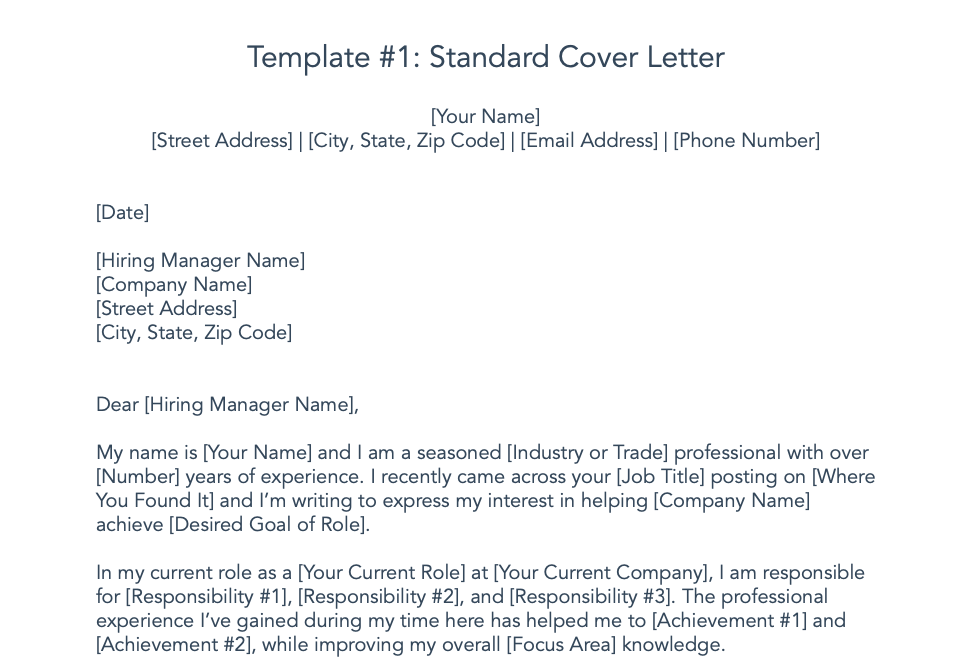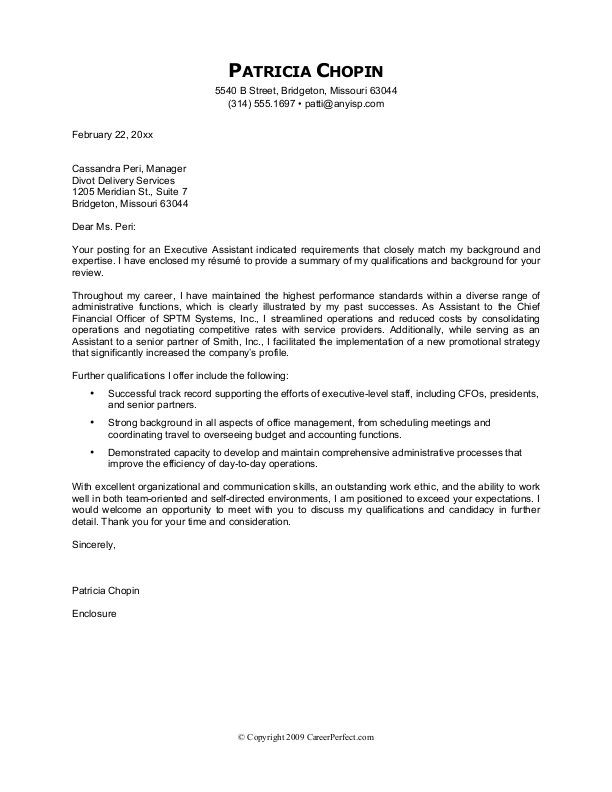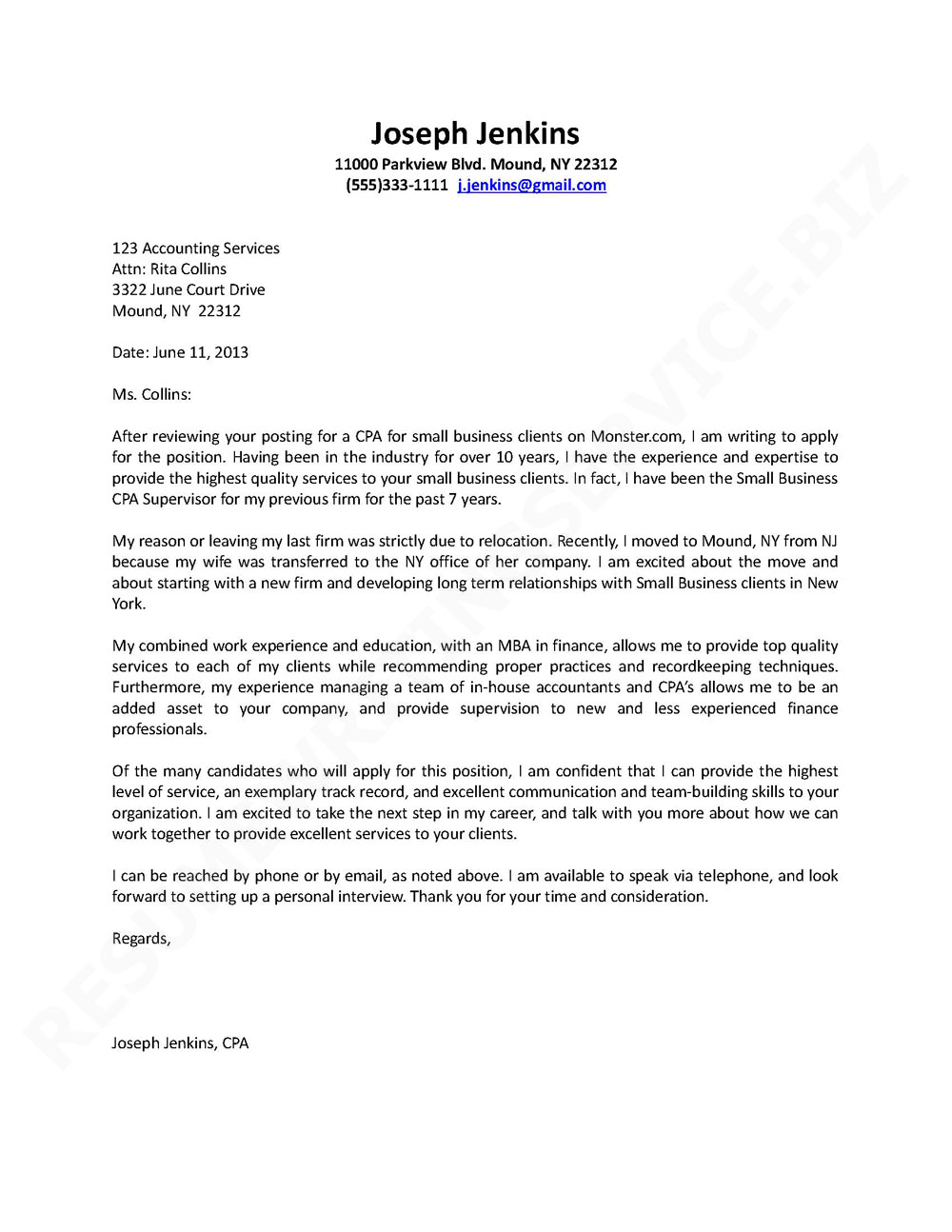In the competitive world of job hunting, your cover letter is your first opportunity to make a lasting impression. While your resume provides the details of your professional journey, a well-crafted cover letter showcases your personality, enthusiasm, and suitability for the role. This article delves into the intricacies of writing an effective cover letter, complete with a cover letter sample to guide you.
Key Takeaways
- Understand the purpose and importance of a cover letter.
- Learn how to structure a cover letter effectively.
- Discover tips for tailoring your cover letter to specific job applications.
- Access a practical cover letter sample to use as a reference.
Understanding the Importance of a Cover Letter
A cover letter is more than just a formality; it’s a strategic tool to showcase your qualifications and enthusiasm for a position. It allows you to communicate directly with potential employers, highlighting your unique skills and experiences that make you the ideal candidate.
Why a Cover Letter Matters
While some job seekers may overlook the cover letter, it can be a pivotal element in your job application. Here’s why:
- Personal Connection: A cover letter allows you to address the hiring manager directly, creating a personal connection that a resume alone cannot establish.
- Highlighting Key Skills: It provides an opportunity to elaborate on specific skills and experiences that are most relevant to the job.
- Demonstrating Enthusiasm: Your cover letter is a platform to express genuine interest and enthusiasm for the role and the company.
- Standing Out: A well-written cover letter can differentiate you from other candidates who may have similar qualifications.
Structuring Your Cover Letter
Crafting a compelling cover letter involves more than just listing your achievements. It requires a structured approach to ensure clarity and effectiveness. Here’s how to structure your cover letter:
1. Header
Include your contact information, followed by the date and the employer’s contact details. Ensure this section is aligned to the left and formatted professionally.
2. Salutation
Address the hiring manager by name if possible. If the name is not available, a polite and professional greeting such as “Dear Hiring Manager” is acceptable.
3. Introduction
Begin with a strong opening that grabs attention. Mention the position you’re applying for and briefly explain why you’re interested in the role and the company.

4. Body
This section should be two to three paragraphs long, detailing your relevant experiences and skills. Use specific examples to illustrate how your background aligns with the job requirements.
5. Conclusion

End with a confident closing statement. Reiterate your interest in the position, thank the employer for considering your application, and express a desire for an interview.
6. Signature
Close with a professional sign-off, such as “Sincerely” or “Best regards,” followed by your name. If sending a hard copy, leave space for your signature above your typed name.
Tailoring Your Cover Letter
One size does not fit all when it comes to cover letters. Tailoring your cover letter to each job application is crucial for maximizing your chances of success. Consider the following tips:
- Research the Company: Demonstrating knowledge about the company’s values, culture, and recent projects can set you apart.
- Match Your Skills: Align your skills and experiences with the job description to show you’re a perfect fit.
- Use Keywords: Incorporate relevant keywords from the job listing to pass through applicant tracking systems.
- Focus on Achievements: Highlight achievements rather than duties to demonstrate your impact in previous roles.
Cover Letter Sample
Below is a practical cover letter sample that you can use as a reference when crafting your own:

[Your Name][Your Address]
[City, State, Zip Code]
[Your Email]
[Your Phone Number]
[Date]
[Employer's Name]
[Company's Name]
[Company's Address]
[City, State, Zip Code]
Dear [Employer's Name],
I am writing to express my interest in the [Job Title] position listed on [where you found the job posting]. With a background in [Your Industry/Field] and a proven track record of [relevant achievements or experiences], I am confident in my ability to contribute effectively to your team at [Company's Name].
During my previous role at [Your Previous Company], I successfully [mention any relevant achievements or responsibilities]. This experience honed my skills in [specific skills related to the job], which I am eager to bring to [Company's Name].
I am particularly drawn to this position at [Company's Name] because [mention something specific about the company or role that excites you]. I am enthusiastic about the opportunity to bring my unique talents to your esteemed company and contribute to its continued success.
Thank you for considering my application. I look forward to the possibility of discussing this exciting opportunity with you. Please feel free to contact me at your earliest convenience to schedule an interview.
Sincerely,
[Your Name]
Final Thoughts
Crafting a compelling cover letter is an essential step in your job application process. By following the guidelines outlined in this article and using the cover letter sample provided, you can create a personalized document that highlights your strengths and sets you apart from other candidates. Remember, your cover letter is your chance to make a memorable first impression—make it count!